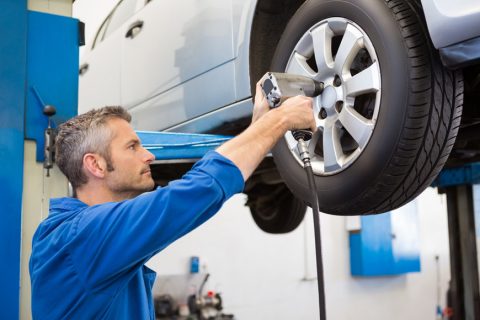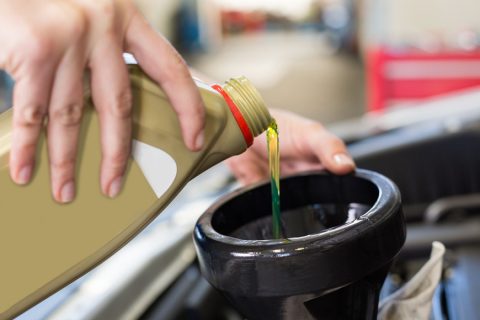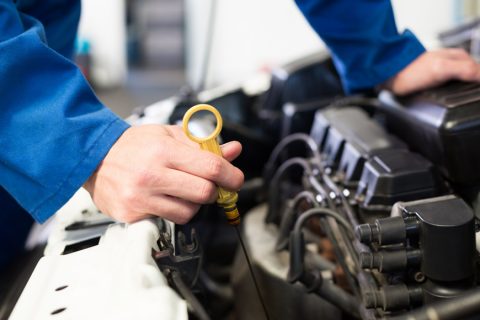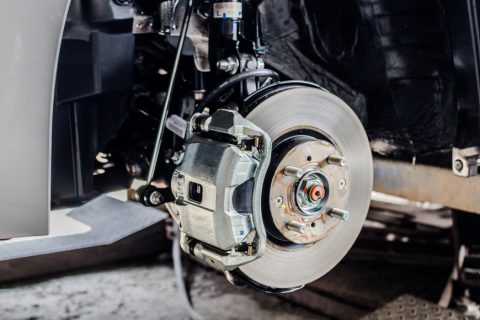We are one of the leading auto repair shops serving customers in Lomita.
All mechanic services are performed by highly qualified mechanics.
MAKE AN APPOINTMENT NOW WITH OUR ONLINE FORM
WHY CHOOSE US?
EVERY JOB IS PERSONAL
If you want the quality you would expect from the dealership, but with a more personal and friendly atmosphere, you have found it.
BEST MATERIALS
We have invested in all the latest specialist tools and diagnostic software that is specifically tailored for the software in your vehicle.
PROFESSIONAL STANDARDS
Our auto repair shop is capable of servicing a variety of models. We only do the work that is needed to fix your problem.

VEHICLES SERVICED
We provide top notch maintenance service for all types of vehicles.
We are certified to service and repair the following makes:
- General Motors
- Chevrolet
- Dodge
- Lincoln
- Buick
- Mercedes – Benz
- Mercury
- Mitsubishi
- Nissan
- Honda
- Plymouth
- Toyota
- BMW
- Audi
- Infiniti
AUTO REPAIR SERVICES
We offer a full range of garage services to vehicle owners located in Lomita and neighboring cities.
Our professinals know how to handle a wide range of car services.

TIRE AND WHEEL SERVICES
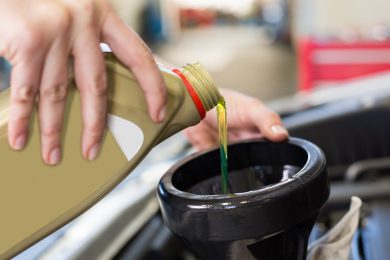
LUBE, OIL AND FILTERS
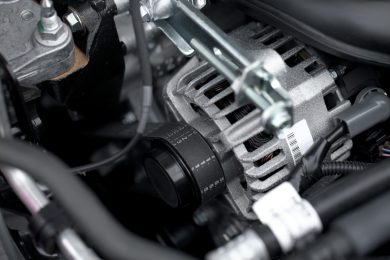
BELTS AND HOSES
-
"I have taken several of the family cars here for the past several years and without exception the experiences have been outstanding. I would highly recommend this place to any one who wants great service, honest value, and really great people."
-
"I have taken several of the family cars here for the past several years and without exception the experiences have been outstanding. I would highly recommend this place to any one who wants great service, honest value, and really great people."
-
"I have taken several of the family cars here for the past several years and without exception the experiences have been outstanding. I would highly recommend this place to any one who wants great service, honest value, and really great people."
COMPANY OVERVIEW
We can help you with everything from an oil change to an engine change.
We can handle any problem on both foreign and domestic vehicles.
CAR AUDIO SERVICE
We’ll handle the install when you refresh your dash with a new stereo, navigation or video display. Hit the road and surround yourself in sound. We’ll make sure your new speakers hit the sweet spot.
CAR A/C RECHARGE
We offer an A/C Evacuate and Recharge where we void the air conditioning system of old Freon and then recharge the system with new Freon. We then inspect the car A/C system’s pressure and temperature control to make sure everything is working correctly.
OIL CHANGE
Oil changes are often described as a “lube, oil, and filter” job. This means: Your car will have all the old oil drained and replaced with new oil. The old oil filter is replaced with a new one. The chassis is lubricated.
PARKING SENSORS CALIBRATION
Parking sensors come in handy especially in busy cities, where parking places are narrow and require manoeuvring precision. The sensors are there to help the driver to properly judge the distance between the rear or front bumper and an obstacle.
ENGINE DIAGNOSTICS
We can perform an engine diagnostics via our computerized assessment used to identify problems your car may be experiencing. The onboard computer can identify specific problems that are present.
CAR BATTERY REPAIRS
Time for a new car battery? Choose one of our battery service packages and schedule your appointment today.
OUR MISSION
We offer a full range of garage services to vehicle owners located in Lomita and neighboring cities. All mechanic services are performed by highly qualified mechanics. We can handle any car problem.
We offer a full range of garage services to vehicle owners in Lomita and neighboring cities. Our professionals know how to handle a wide range of car services. Whether you drive a passenger car or medium sized truck or SUV, our mechanics strive to ensure that your vehicle will be performing at its best before leaving our car shop.
POPULAR QUESTIONS
-
Should I consider using synthetic motor oil?
Synthetic costs more, but has many advantages over conventional oil. Not every car needs it, however, so here are some guidelines to help you determine if it’s best for your vehicle. Synthetic oil costs more, but it could save you money in the long run. Synthetic lasts longer and thus requires fewer changes.
-
What parts should be replaced at what intervals?
Oil and Oil Filter – Every three to six months, or every 3,000 to 5,000 miles
Windshield Wiper Blades – Every year or two (less in hot climates if a vehicle sits outside and is exposed to sunlight and high ambient temperatures).
Air filter – Every three or four years, or 30,000 to 50,000 miles. Filter life can be much less if a vehicle is driven on dusty gravel roads.
Brake Pads – Every three to five years, or 30,000 to 70,000 miles. Replacement frequency can vary greatly depending on the type of vehicle (larger, heavier vehicles wear out their brake pads more quickly than smaller vehicles), the type of original equipment brake linings (semi-metallic and ceramic linings usually last much longer than nonasbestos organic linings), the type of driving you do (stop-and-go city driving increases pad wear dramatically), and your driving style.
Battery – Every four to five years (mileage doesn’t matter). Less in really hot climates (maybe only three years).
Headlights and/or taillight bulbs – Five to seven years, depends on how much nighttime driving you do. Driving on rough, bumpty roads can also shorten the life of conventional bulbs with filaments (no effect on Xenon bulbs which do not have a filament inside, or LED taillights).
Tires – Every five to seven years, depending on number of miles driven annually, the type of driving you do, and the wear rating on the tires (a higher wear rating number means the tire should last longer). Hard cornering and aggressive driving can increase tire wear dramatically. So can wheel misalignment.
Spark Plugs – Platinum and iridium plugs should normally last 100,000 miles, or about 8 years if you drive 12,000 miles/year. Spark plugs may have to be replaced sooner if short trip driving causes them to foul, or your engine is burning oil due to worn rings or valve guide seals.
Belts – The serpentine belt should last 75,000 miles or about six years, and the timing belt (if your engine has one) should last 100,000 miles or about 8 years.
Brake Calipers, Wheel Cylinders and Master Cylinder – Typically last 100,000 miles or more, but eventually succumb to internal corrosion and deterioration of the rubber seals. Need to be replaced is leaking or sticking. Often replaced at second brake job (seldom necessary at first brake job).
Alternator – May last the life of your vehicle, or it may fail after 5 or 6 years of driving. The alternator keeps the battery charged, and supplies voltage for your vehicle’s electrical system. High demand applications typically shorten alternator life. Alternators are a frequently replaced item, and also a frequently misdiagnosed car part. Charging problems can often result from poor electrical connections (battery cables or alternator wiring harness). An alternator should always be tsted BEFORE it is replaced to determine if it is good or bad.
Fuel Pump – May last the life of your vehicle, or it may fail after 5 or 6 years of driving. The fuel pump runs constantly, and can be damage by rust or dirt inside the fuel tank. Running the fuel tank dry or driving with a very low fuel level inside the tank may starve the pump for lubrication, causing it to fail. Fuel pumps are also a frequently replaced item, and also a frequently misdiagnosed car part. Fuel delivery problems are often caused by plugged fuel filters, bad fuel pressure regulators, or wiring or electrical problems.
Water pump – May last the life of your vehicle, or it may fail after 6 to 8 years of driving. The shaft seal inside the water pump wears, and eventually starts to leak. The loss of coolant will cause your engine to overheat.
Fuses – You may never have to replace a fuse on your vehicle, but fuses are a frequently replaced item because of electrical problems. Fuses protect againt current overloads, so if a fuse has failed the circuit or component that the fuse protects may have a short or overload. Replacement fuses MUST be the SAME AMP RATING as the original fuse. Never substitute a fuse with a higher amp rating as this may increase the risk of a car fire!
Engine Sensors – Most sensors should last upwards of 150,000 miles, but accumulated time and mileage can cause some sensors to fail much sooner. A bad sensor will usually turn on the Check Engine Light and set a fault code. Oxygen sensors on late model cars should usually last upwards of 100,000 miles, but may be fouled at any mileage by coolant leaks or an engine that is burning oil. Throttle position sensors can develop worn spots causing erratic readings. Crankshaft Position Sensors can develop internal cracks or shorts from exposure to engine heat that affect their output. Same for coolant sensors. Mass airflow sensors may become contaminated with dirt or fuel varnish.
Muffler – Most late model original equipment mufflers are stainless steel, and will typically last 10 years or 100,000 miles (or more) depending on environmental exposure to road salt and moisture.
Shocks & Struts – The shocks and struts on many vehicles are NEVER replaced during the life of the vehicle. But after 50,000 to 75,000 miles of driving, many shocks and struts are getting noticeably soft. Replacing these parts is often recommended to restore like-new ride and handling. Shocks and struts may also be replaced at any time to upgrade performance handling.
Clutch – Varies greatly with how the vehicle is driven, but normally should last up to 100,000 miles with normal driving. Towing, aggressive driving and poor driving habits (such as “riding the clutch”) can drastically shorten the life of this component.
Automatic Transmission – Should last the life of your vehicle, but may fail at any point from 70,000 miles on. Towing, aggressive driving or anything that causes the transmission to run hotter than normal can shorten its life and lead to failure. -
How do I keep track of routine maintenance?
By following a car maintenance schedule, you can help prevent major problems before they occur. Not only that, but keeping a detailed record of your car’s maintenance history can help improve its resale value, too.
Many manufacturers use a 30-60-90 schedule, meaning certain items need to be inspected, changed, or replaced at 30,000, 60,000, and 90,000 miles. But if you’re like most drivers, you may wonder if every suggested maintenance checkpoint in your car manual is essential for the health and well-being of your car. Some items, like rubber gaskets and hoses, windshield wiper blades, and tires, will wear out at irregular intervals. These “consumables” will need to be checked periodically, either by your mechanic or via your own visual inspection. For everything else, this car maintenance guide explains what you should do and why you should do it.


